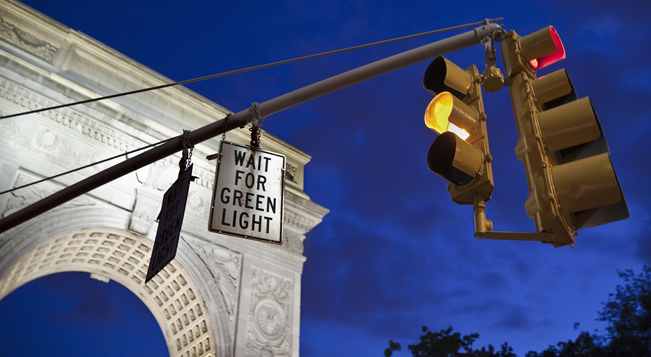Rising rates? Choose high-yield bonds, not bank loans
by Gershon Distenfeld, AllianceBernstein
Rising rates and falling energy prices often lure investors toward high-yield bank loans—and away from a better strategy: high-yield bonds.
This isn’t the first time investors have turned to bank loans to buffer their portfolios from rising interest rates. Whenever the market speculates that a rate hike is imminent, bank loans draw many investors because they believe loans’ floating-rate feature makes them a more attractive alternative than traditional high-yield bonds.
Additionally, as falling oil prices continue to dominate the headlines, some investors have assumed that loans are better protected from energy-company defaults because of the perception that loans have less exposure to such companies.
A Closer Look at Bank Loans
Although it’s easy to see why bank loans may look attractive from the outside—and it’s true that they’ve outperformed US high-yield bonds year-to-date (with the exception of short-duration high yield)—it’s worth taking a closer look at these investments before jumping in. Some investors may be surprised to learn that high-yield bonds have actually outperformed bank loans over the past several years.
US high-yield bank loans have never beaten high-yield bonds on an annual basis since loans began trading in 2006 (Display). Bonds have outperformed during some volatile years, too: in 2013, despite 10-year US Treasuries’ 160-basis-point rise, and in 2014, amid oil prices’ downward spiral—even though bonds had a higher exposure to energy than did loans (14.3% to 4.2%, respectively).

Also noteworthy: loans have lagged bonds in difficult credit markets (for example, in 2008), despite their higher position in the capital structure.
Credit Conditions Matter More than Duration
Investors often cite bank loans’ lower duration (interest-rate sensitivity) as an advantage over high-yield bonds in rising-rate environments. But as rates rise, credit conditions tend to improve, and this can actually have a bigger positive influence on high-yield bonds than changes in interest rates.
Improving credit conditions can also make it more advantageous for a company to refinance its bank loan, and a company can do this at any time—when it suits the company, not when it suits investors. Unfortunately for bank-loan investors, when credit conditions improve, issuers’ ability to refinance their bank loans at any time means they often refinance at lower rates—long before the coupon rises.
Resiliency in the Face of Rising Rates
Some investors are more comfortable with a strategy that is resilient in the face of a rate hike. One answer may be short-duration high-yield bonds—specifically, those with higher credit ratings of B and BB (we think the CCC high-yield space should be avoided—careful credit selection is key). These bonds have offered reduced risk, while delivering stronger returns than bank loans—all while nearly matching the broader high-yield bond market over time.
We do see some benefits of investing in high-yield bank loans as part of an overall well-diversified fixed-income portfolio. But it’s important not to ignore the facts. Casting too small of a net into loans before knowing where the bigger fish are biting can yield an unwanted catch.
The views expressed herein do not constitute research, investment advice or trade recommendations and do not necessarily represent the views of all AB portfolio-management teams.
Copyright © Gershon Distenfeld, AllianceBernstein















